How 'Shaft' Brought the 1971 Chevy Chevelle SS Into 2019
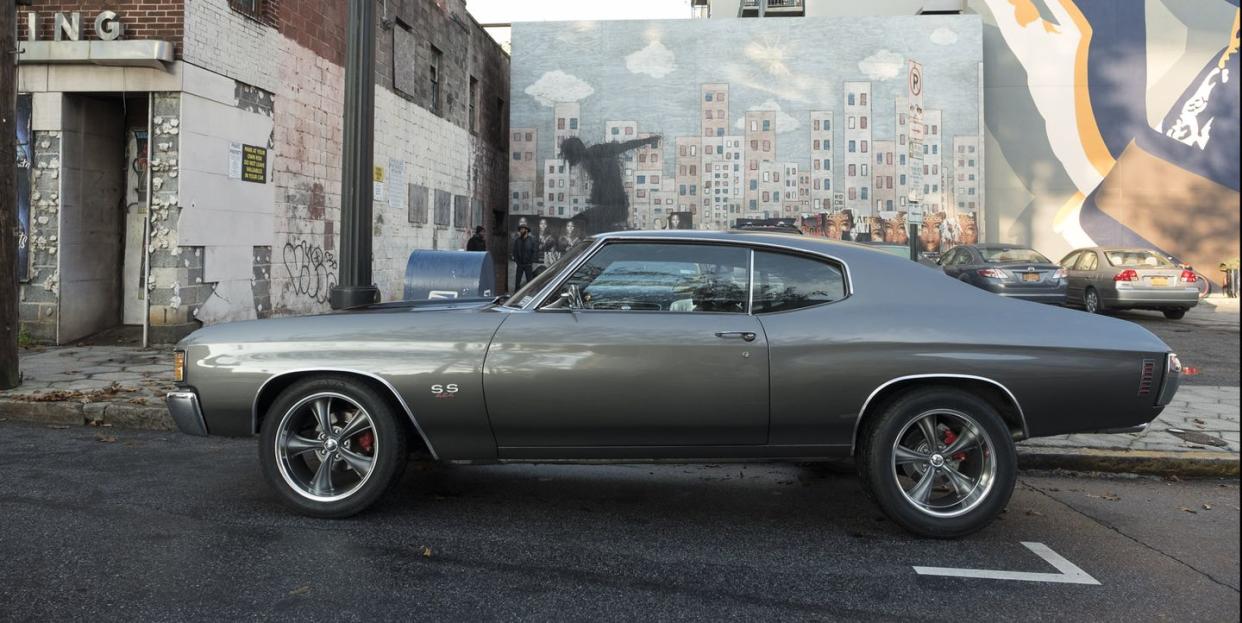
When Samuel L. Jackson hits theaters today in Shaft, the latest installment of a franchise that debuted in 1971, most eyes will fixate on the man himself. After all, the character’s swagger and unflappable cool-and Jackson’s, for that matter-is the stuff that builds Hollywood legends. But a big part of the audience will likely also be captivated by the hero’s sidekick.
We’re not talking about Shaft’s estranged son, played by Jessie T. Usher, nor his dad, the O.G. Shaft (Richard Roundtree). Instead, we mean his car. The dark-silver 1971 Chevy Chevelle SS is a masterpiece of vintage automotive design and barely contained power. It’s a badass ride for the baddest man in cinema.
Bringing that powerful classic to life for a refresh of an equally classic character involved far more than just borrowing a pristine Chevelle from a private collector for a few days of shooting. This isn’t Driving Miss Daisy. No, the quick-witted, top-shelf flick required a dedicated professional, lest the wrath of Jackson be brought down upon the crew with great vengeance and furious anger.
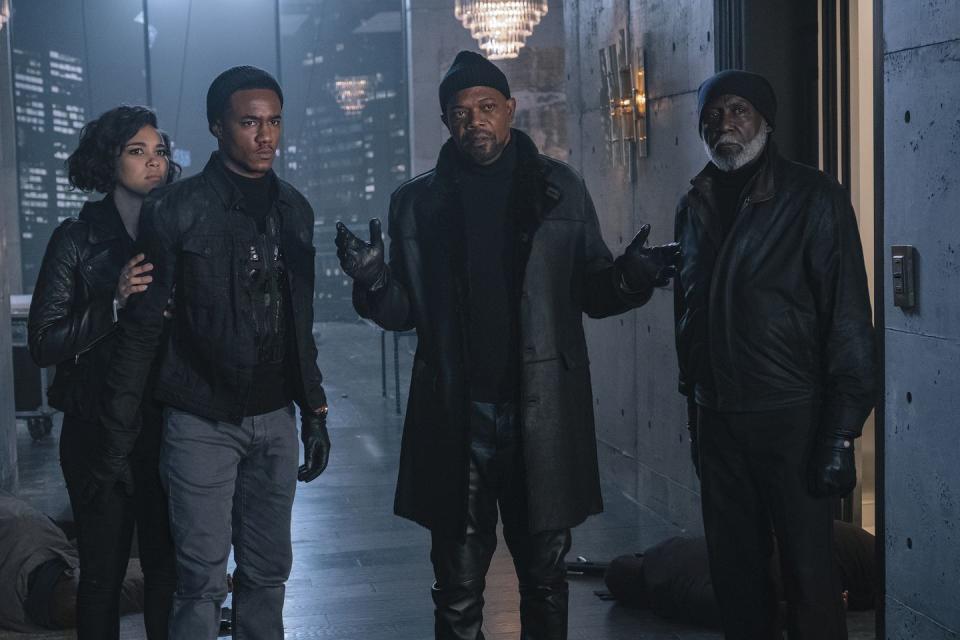
That task fell to Stephen Austin, an Atlanta-based film and television car wrangler who over the last decade has made a name for himself preparing “picture cars” for everything from Zombieland to The Walking Dead to Dumb and Dumber To, the latter being perhaps most notable, in car circles anyway, for its surprisingly brisk Zamboni road trip scene.
For Shaft, Austin found himself tasked with preparing four identical 1971 Chevelles to be used during filming, most of which took place in Atlanta with some scenes shot in New York City, where the film is set. Two of the cars were “hero cars”-those used for close-ups, establishing shots, and the more sedate driving scenes-while the other two were rigged for stunts and, ultimately, total destruction. Their tasks included everything from drifting around corners to being shot up, which required having explosive squibs installed all over the two stunt cars.
Austin consulted with Shaft director Tim Story, special effects personnel, stunt coordinators, and stunt drivers to determine what they would need the vehicles to do in the scenes. He then located cars and began preparing them over the following 8 weeks with his team of seven mechanics.
Much of this work involved ensuring they all looked identical, but there were also performance modifications to prep them for on-screen action.
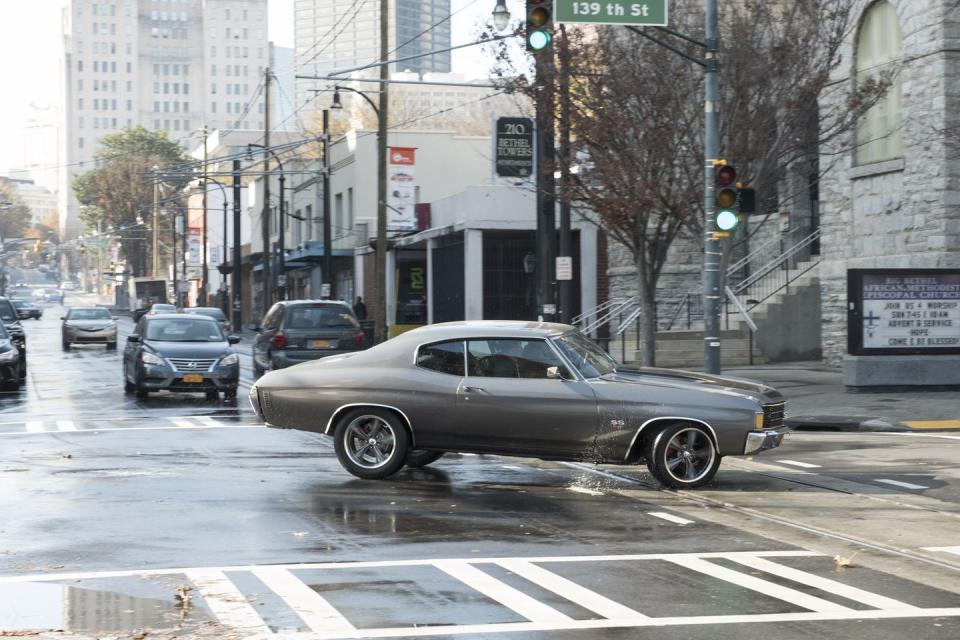
“Most used the original Chevy 454 big-block V8 engines, but one car that just needed to drive normally had a smaller engine in there,” Austin says. “In reality, the cars don’t usually need to go that fast during stunts-they can speed up the film and dub in engine noises later. For the Chevelles, we did add third brake pedals in each one to help with sliding and aggressive maneuvering. But visually they were very accurate and mostly original Chevelle SS’s.”
The team had the option of upgrading the engines from carburetors to fuel injectors to improve engine responsiveness, but decided it wasn’t necessary. They also ensured that the cars were fundamentally capable of doing the stunt work required of them. This involved finding two additional cars that were immediately wrecked during this testing, just to establish a baseline of what the vehicles could tolerate.
This is par for the course for major film projects, and the test results may lead to the installation of puncture-proof fuel cells, fire-suppressions systems, roll cages, or any other safety or performance modifications. There might be pyrotechnics for explosions or special hardware to help flip cars during chase scenes.
Fortunately, this is all well within Austin’s skill set, as the talented gearhead was born with a silver wrench in his mouth thanks to his family’s automotive salvage business, which has existed since 1920.
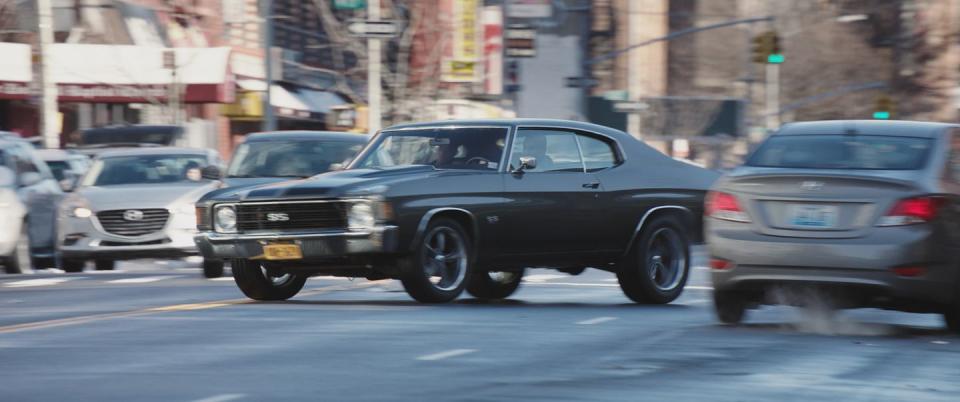
The pivot to film work happened just over a decade ago, when the producers of Zombieland showed up at Austin’s shop seeking some parts for the 2008 movie. They caught one whiff of mechanical bona fides and asked him to help gather vehicles that would wreak havoc in the film’s apocalyptic setting, including a Hummer H2 and a Cadillac Escalade, the latter of which had a cow-catcher/snow plow attached to the front to make it easier to plow through hordes of marauding zombies.
“One of the staff from the movie asked if I wanted to be part of this industry,” Austin recalls. “At first I thought he was making a joke. I didn’t even know what a picture car was back then.”
The work since that first contact has proven ceaselessly varied, from sourcing classic cars to very mundane, but period-correct vehicles to modern cars, which present multiple unique challenges of their own. For the Sandra Bullock film The Blind Side, for instance, Austin had to prepare two BMW SUVs and two 740i luxury sedans. The problem with cars like that is all the modern electronics and safety systems that have to be disabled or removed.
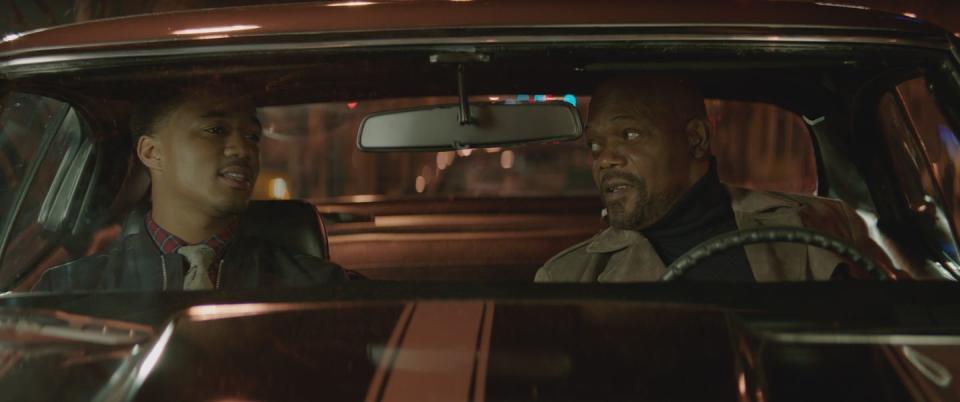
“New cars can be really hard to flip or even crash into things, so we’re constantly disconnecting computers, sensors, or antilock-brake systems,” Austin says. “We also have to take out the airbags and the security systems, which in modern vehicles tends to lock the car down if it thinks it’s being stolen or towed.”
In some cases-namely, product placements-Austin will receive technical support from the manufacturers with regards to modifying the cars, but he usually relies on his own knowledge and salvage experience. This also comes in handy with staging crashes, as he knows how vehicles typically look after particularly nasty wrecks. In those cases, the crews will often work backwards through a scene, starting with the final wreckage and using additional cars to stage the driving that leads them to their grand finales.
These scenes can be tough for Austin, a car enthusiast to the bone.
“It’s definitely hard to see an original 1971 SS get shot up in Shaft or a Pontiac GTO crashed in The Walking Dead,” he says, noting that he and three of his mechanics are present during actual filming to help make final adjustments. “I will try to pick out the rustiest models if I know they’re going to be wrecked. You can’t replace these cars.”
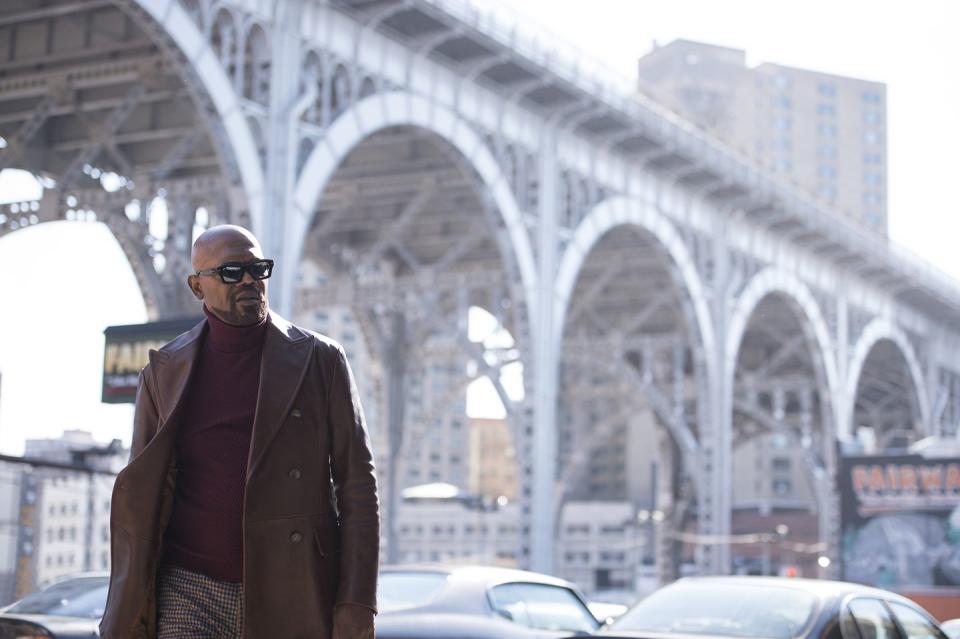
Even if they don’t meet particularly cinematic demises, picture cars sadly aren’t long for this world. Studio legal requirements usually demand that the rides be destroyed after filming wraps-especially if the brake lines have been monkeyed with-to ensure that modified machines don’t fall into public hands.
But that doesn’t mean Austin leaves every film set in the equivalent of car-guy despair. Even with all the mayhem, Austin says the work is intensely satisfying-especially when he collaborates with talented cast and crew members. As for Jackson himself, the actor proved a joy to work with.
“He’s always very nice and joking around a lot,” says Austin. “And he loves the Chevelle and thought it was perfect for the character.”
('You Might Also Like',)

